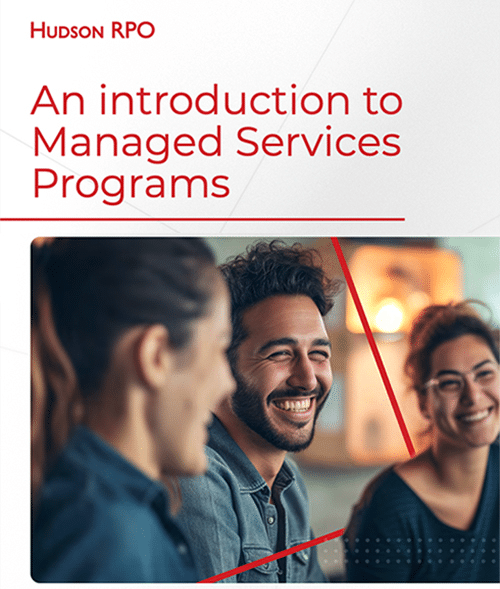Tampa, Fla., Sept. 11, 2024 – In a push to further expand its global presence, name recognition and industry leadership position, Hudson RPO has hired Cody Loveland as Global Head of Social Media Strategy. In this role, Loveland will enhance the firm’s stature with clients, employees and the greater talent acquisition industry.
Loveland is a seasoned leader with more than 20 years of experience as a digital catalyst, culture champion and international speaker.
Prior to joining Hudson RPO, Loveland was Head of Social Media and Director of Global, Digital, Social Media and Corporate Brand for Alcon, an industry leading medical device company. He has also served as a consultant for Korn Ferry, providing social media and digital marketing strategies to help recruit and retain talent in the life sciences industry.
Loveland received his Master’s degree in Education from Portland State University and completed post-graduate studies in Education Leadership and Social Justice at Oregon State University and a Talent Management certification from UNC Kenan-Flagler Business School.
“It’s important that the talent acquisition industry knows the steps we are taking to expand and enhance our product offering beyond RPO to professional and executive search, as well as workforce planning and advisory services,” said Hudson RPO CEO Jake Zabkowicz. “Cody’s efforts will showcase our efforts and will let clients and prospects know the many ways they can count on Hudson RPO as a strategic partner.”
About Hudson RPO
Hudson RPO is a leading global provider of flexible and scalable recruitment solutions. We service all levels of client organizations, from entry-level to the C-suite, focusing on mid-market and enterprise-level organizations worldwide. Taking a consultative and collaborative approach, we partner with talent acquisition, HR, and procurement leaders to build diverse, high-impact teams and drive business success. Learn more at hudsonrpo.com.
Contact
Tracy Kurschner
[email protected]
612.309.3957






